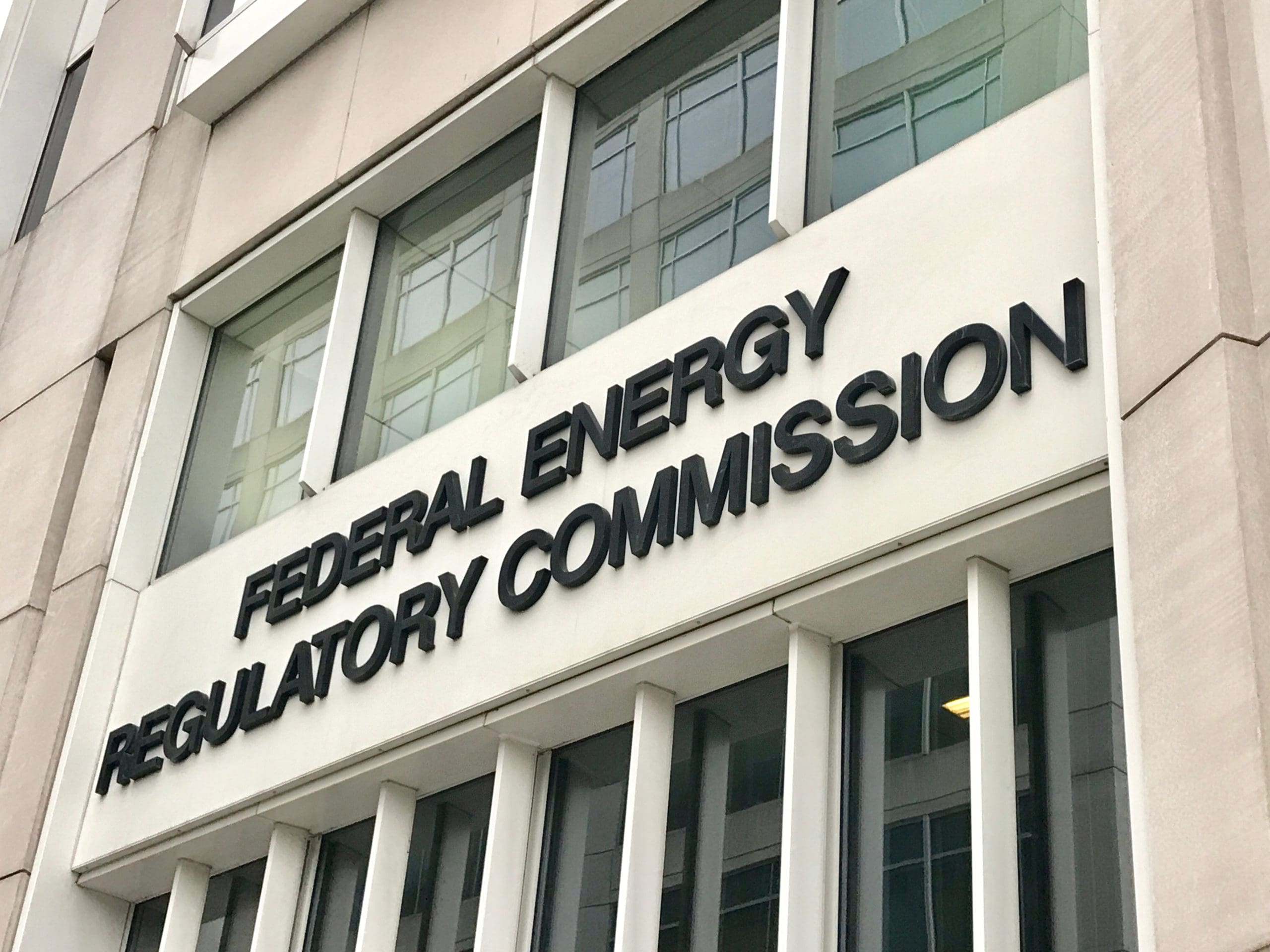
Under the Federal Energy Regulatory Commission or FERC, there is a small but very important clause. Any organization involved with bulk power systems must comply with this clause. This clause is referred to as NERC. It consists of four pillars of compliance success. At times it can be quite difficult to maintain compliance, but not impossible. In this article, we will elaborate entirely upon FERC and NERC compliance. You’ll know the all-too-common mistakes to avoid.
Read on to learn more about these energy sector regulations.
What Is FERC?
As mentioned earlier, the FERC is the Federal Energy Regulatory Commissions. It has a lengthy history. It first appeared in the 1920s with the purpose of controlling hydropower dams.
About 10 tens years later, President Franklin D. Roosevelt changed legislation affecting monopolies in the utility sector. Then the Federal Power Act passed, requiring the Federal Power Commission to set reasonable and just wholesale prices on electricity.
Nowadays, this agency regulates the natural gas industry and oil pipelines in addition to hydroelectric projects and electricity wholesale rates. With 1200 employees and a budget of $170 million, the FERC oversees a quarter-trillion dollar industry. This places it in charge of price regulation for over 70% of the electricity in the U.S.
The five-member board of governors is pre-selected by the president. It contains five commissioners, all of which serve in five-year schedules. The president determines the chairman of the board, which means they are usually from the same political party. They serve as a tie-breaker vote in a deadlock.
Until recent times, the FERC operated quite under the radar, even though it played an important role in building the stage for deregulation. In the 1980s, the agency started to deregulate markets. Then when the Energy Policy Act was passed, the FERC was given authority to impress wholesale competition with oversight obligations.
In this new market, utility companies had to open transmission to electrical wholesalers. Some believe that the FERC has gone far from its initial standards of reasonable and just pricing, and that it has done so to allow competition to take the front lead.
What Is NERC and FERC Compliance?
Any enterprise that is associated with the interconnection, generation, or transmission of electricity in the power system of some parts of Mexico, Canada, and the United States is subject to standards of NERC.
NERC expresses that all bulk power system operators must comply with reliability standards. As a prerequisite of operation in the sector, organizations have to register with an RE.
Compliance with NERC is pre-conditioned via the FERC and the Federal Power Act. Thus, NERC measures the activities of compliance by registering and certifying organizations. They also monitor how companies cultivate power in North America.
Noncompliance leads to violations. The violations are subject to penalties that vary based on duration and severity. High-level and specialized reliability functions demand special certifications.
When the organization is violating the standards, REs will examine applicable penalties and also monitor for future compliance.
Four Pillars Of Success
Four guiding pillars define NERC reliability regulations. NERC has these well-defined, and in their words, they are:
Reliability
Addressing identifiable events and risks, thus improving the reliability of the power system.
Assurance
Assuring the industry, government, and public in the reliable performance of the system.
Learning
Promoting continuous improvement of operations. This includes adapting to learned lessons from the power system.
Risk-Based Approach
Focusing on resources, attention, and decision issues most important to reliability. Regulating reliability through critically-assessed risk activities.
These principles support the strategic goals of NERC in the areas of:
- Compliance & Standards – to develop reasonable, clear, and sound obligatory reliability standards in an efficient and timely manner
- The risk to reliability – to be an authentic and potent authority that is objective, fair, and independent without conflict of interest
- Coordination and collaboration – to promote a compliance culture with obligatory reliability standards for the entire industry
That’s how NERC defines its own success. Therefore, one can understand the mandatory and highly-regulated standard.
How to Maintain NERC Compliance
The NERC & 8 Regional Entities through the Compliance Monitoring and Enforcement Program release an implementation plan on an annual basis. This plan comes with advice for the successful monitoring of compliance and enforcement. The implementation plan outlines the elements of risk to help understand the prioritized compliance efforts.
The risk elements currently presented are:
- Human performance
- Event recovery & response
- Protection system failures
- Monitoring & situational awareness
- Extreme physical events
- Critical infrastructure protection
- Management & maintenance of BPS assets
- System analysis and planning
For registered enterprises, NERC has audits every six years. For those who are certified, audits happen once every three years. The Regional Entities provide worksheets that outline the information required for audits called Reliability Standard Audit Worksheets. Third-party entities can supply services that support NERC compliance activities, such as self-certification.
They can assist in the identification of procedure gaps, mock audits, and policy creation, as well as compliance testing and management guidance. They can also provide mitigation planning, personal training, and maintenance reviews.
The certification consists of organization registration, certification, compliance investigation, and complaint resolve.
NERC Compliance Issues
Much of North America’s infrastructure is interconnected, international, and complex. Because of this, NERC works across and with governmental agencies, mitigating boundaries to foster standards, cooperation, activity monitoring, and penalty levying.
NERC knows that not all incidents can be mitigated, even with the best practices and standards in place. However, by having their set of standards that are consistently enforced, NERC can reduce the incidents tremendously.
NERC standards consider the quick response benefits crucial. Also recovery is an important part of the infrastructure. When an incident does happen, it’s quickly mitigated and addressed.
NERC Resolved
Now that you have a full understanding of NERC and FERC compliance, you are well on your way to ensure your enterprise is free of penalization. It can be difficult to ensure compliance, but it’s certainly possible.

